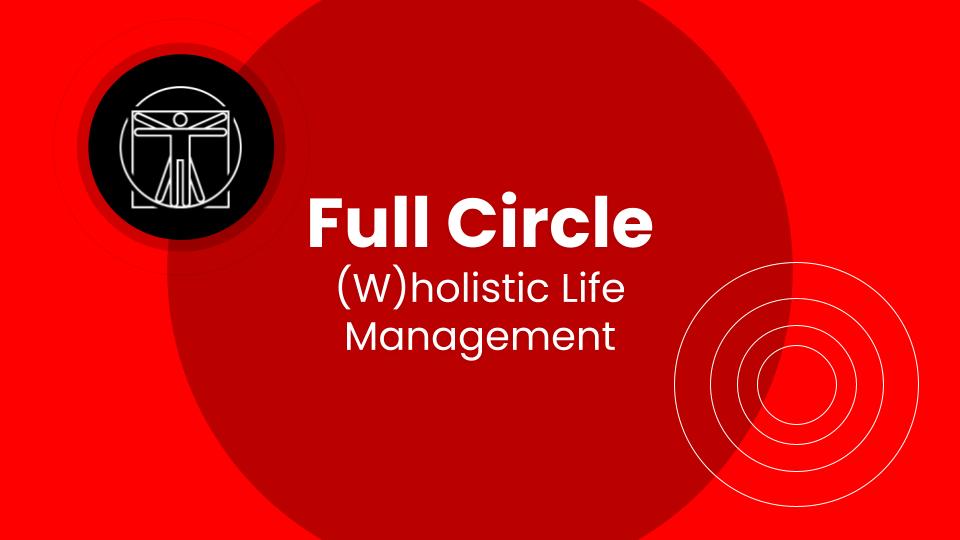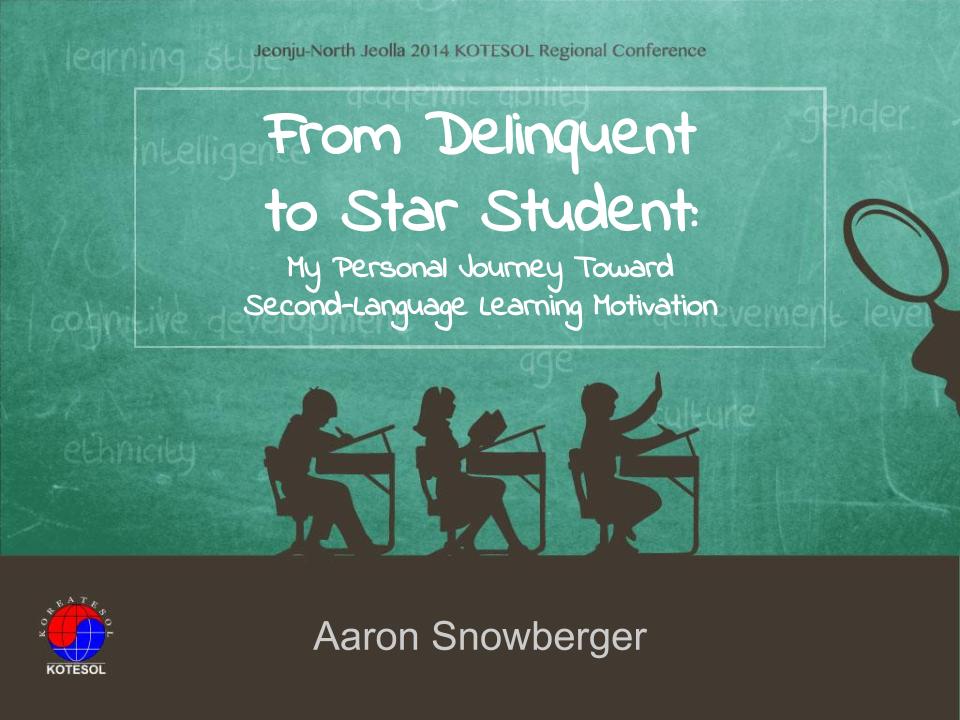Tag: habits
-

Full Circle: (W)holistic Life Management
With this presentation, I wanted to start a discussion about how to “be better” in your own life, how to exceed your own expectations, how to push beyond your own limits. I was inspired by numerous references that are mentioned.
-
A Comprehensive Annual Review Process
Every year, I try to reflect on the previous year’s successes, failures, biggest risks taken, and biggest lessons learned. My annual review process has become quite extensive and is presented here in its entirety.
-

From Delinquent to Star Student
When I was in university, I was a lackluster student. But when I went to grad school (and afterward), I became a high achiever – even so far as receiving the top award in my graduating class (like “valedictorian”). So what changed between then and now? This presentation breaks down my own journey from boredom…
